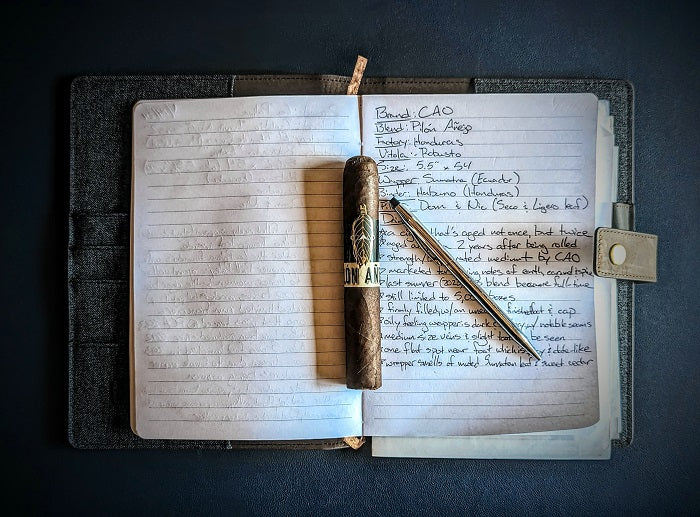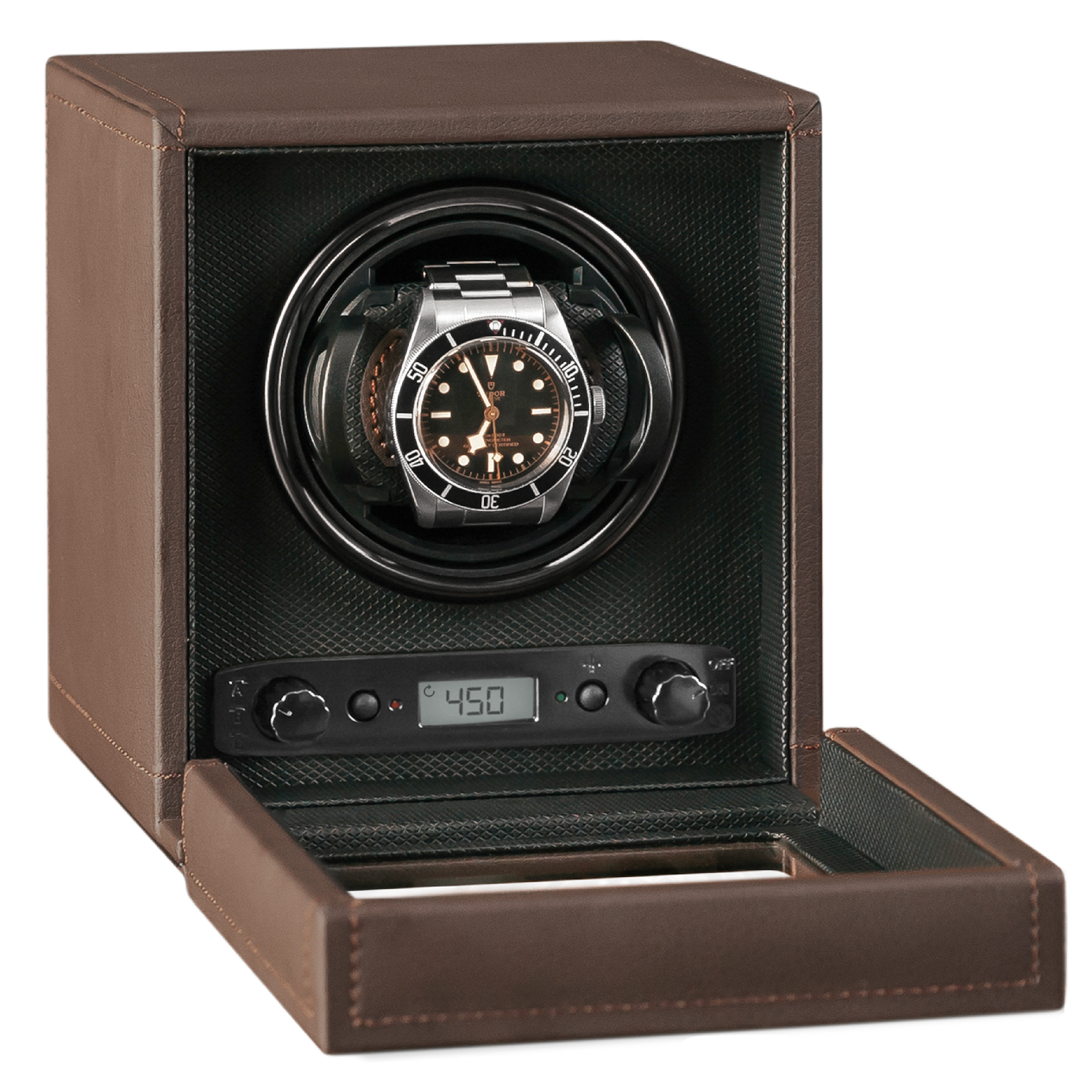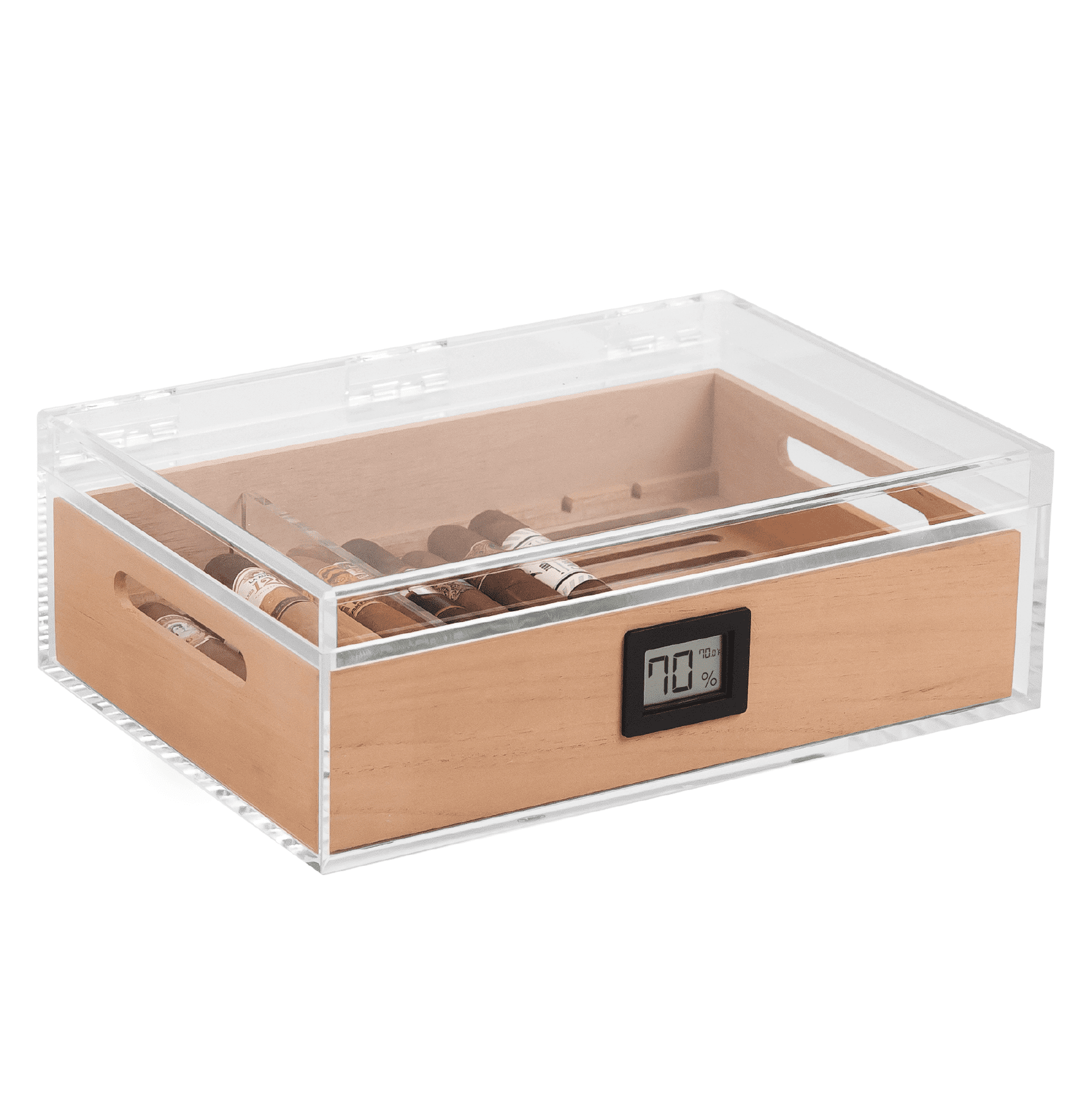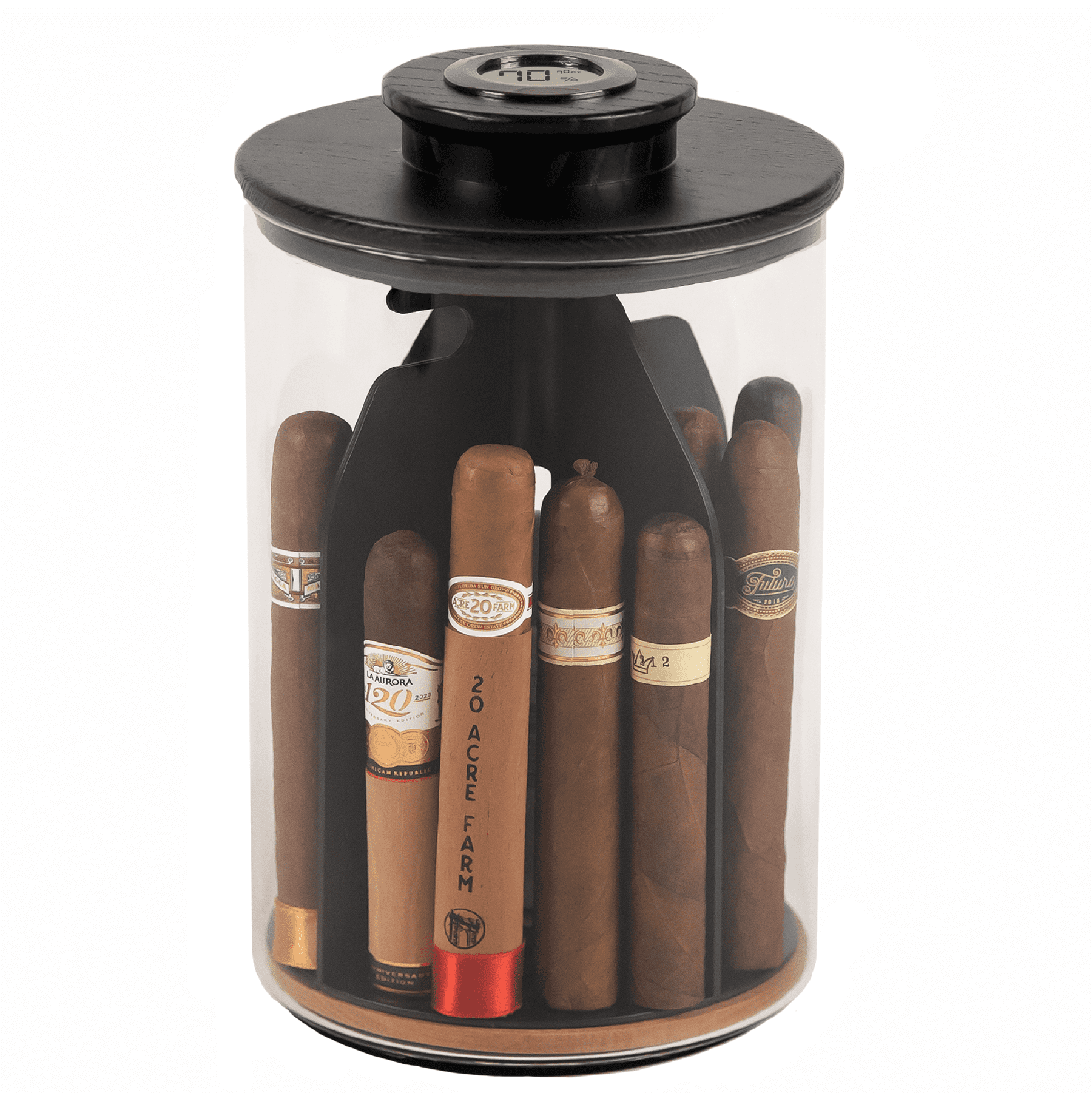A humidor is the single best way to store your cigars. When properly seasoned and properly maintained, they create the ideal environment to keep your cigars in perfect smoking condition. Humidors use humidity to maintain your stogies. Wood absorbs a certain amount of liquid which it then releases and reabsorbs as it breathes.
But what happens when you don’t keep your humidor seasoned and it dries out? That’s not ideal, but there are always situations where you have to step away from the hobby for a bit as other things take priority. A dry humidor is obviously no good for your cigars any longer, but can you fix it? That’s not an easy question to answer, but we’ll try to unpack it and see what you can fix and what you can’t.
How Does a Humidor Dry Out?

Humidors rely on humidity (hence the name) to keep your cigars in perfect smoking condition. But humidors don’t just magically work. They require preparation and maintenance. The process of preparing your humidor for cigar storage is called “seasoning.” During this process, the interior of the humidor—which is made of Spanish cedar, a particularly absorbent species of wood—is hydrated to the point that it holds enough water to keep the interior of the humidor at 67-72 percent humidity.
There are several schools of thought on seasoning a humidor. Some methods just require you to wipe the interior of the humidor with a damp rag. This method isn’t particularly efficient, nor does it last very long. Applying water directly to the Spanish cedar can actually cause the wood to warp and lose the seal which maintains the humidity levels.
A very common two-stage hydration method is very popular, but in our research, we have found it’s not effective in all humidors.
It’s worth noting that Klaro humidors include everything you need to season your humidor and keep it in perfect shape. You also have the option to sign up for our Klaro membership, which provides all of the materials you need to maintain your Klaro for a year. Our method uses a specific solution that’s formulated to keep your humidor in ideal condition for a good length of time, as well as crystals that allow us to keep more moisture inside the humidor for longer, requiring less reseasoning.
All the while, you’re ideally using a hygrometer to measure the humidity inside your humidor. If your hygrometer drops below 65 percent, then it’s time to start reseasoning.
However, if you don’t reseason and let the humidity levels drop, the wood inside dries out—and any cigars you’re storing along with it. Dried out cigars taste ashy and acrid, so there’s no joy in smoking them.
What Happens to A Dried Out Humidor?

Any time wood dries out extensively, it shrinks. This is a problem inside your humidor because of how tightly the Spanish cedar lining is fitted—this is why humidity is able to stay level inside and keep your cigars in good condition. When that wood begins to shrink, many of those tight-fitting corners and seams begin to break apart from one another. Not only does this create an issue with the seal, but it also means that when the humidor is rehydrated it may not fit together as well again.
Once your humidor is this dry, it’s not good for storing cigars. If you had any cigars in the humidor while it was drying out so extensively, it’s likely those cigars aren’t going to be very worthy of a good smoke. Cigars have oils that are a key element of taste and aroma. When they dry out, those oils are gone for good.
Can You Rehydrate a Dried Humidor?

So can you fix it? A lot of it depends on just how dried out the humidor is. If the Spanish cedar lining has come apart at the corners, it’s going to be a challenge. Otherwise, it’s worth a try. With your Klaro humidor, you can fill your hydrotray with distilled water to jump-start the rehydration process. Leave it for a day—when you check 24 hours later, the water will likely be gone.
Now, it’s time to start the seasoning process again. Add solution to each quadrant of the hydrotray, then close the lid and leave it for 3-5 days. Use your hygrometer to keep an eye on it. You’re looking for right around 68 percent humidity or higher for 12 hours. From here, you’ll want to follow the rest of the steps for seasoning a humidor.
This may not happen quickly, and may not work entirely with only the regular solution. If your humidor is having a particularly difficult time rehydrating, consider using our specially-formulated Winter and Dry Climate Solution. It’s (obviously) formulated for use in areas where humidors are more likely to dry out more quickly, so it’s also particularly well-suited to help rehydrate a dried humidor.
After your humidor has gotten to a point where it seems as though it’s rehydrated, make sure to keep an eye on your humidity levels over time. This will give you an idea as to whether your humidor is still in good condition. A little fluctuation isn’t bad. You’re aiming for between 67-72 percent. If it looks as though you’re rehydrated, feel free to put your cigars back in. Use your hygrometer to continue monitoring humidity, and should it start to drop, go through the reseasoning process once more. By following these steps you should be able to bring your humidor back to life.














